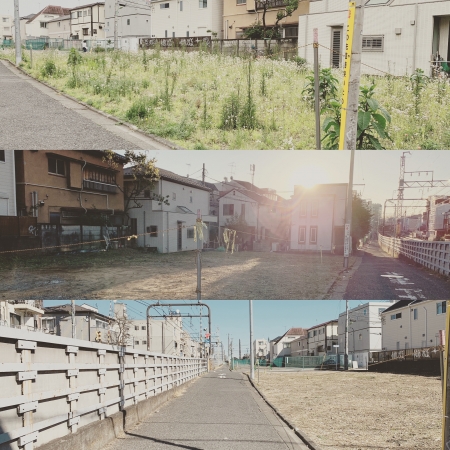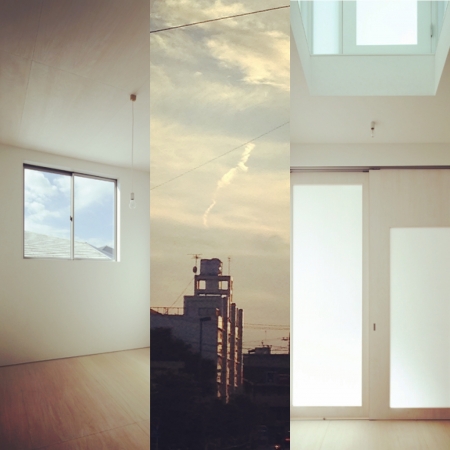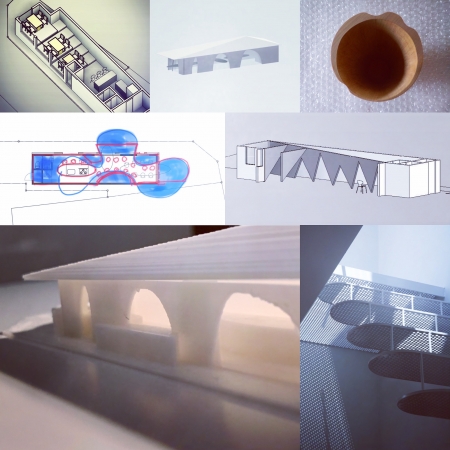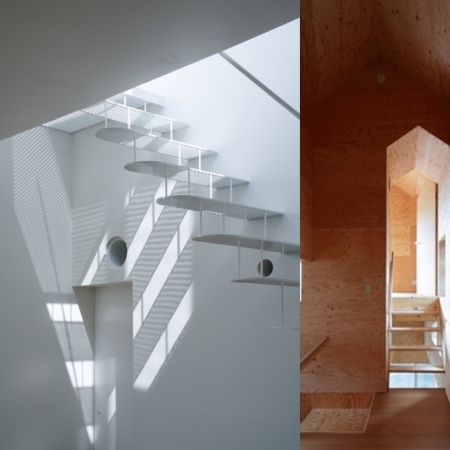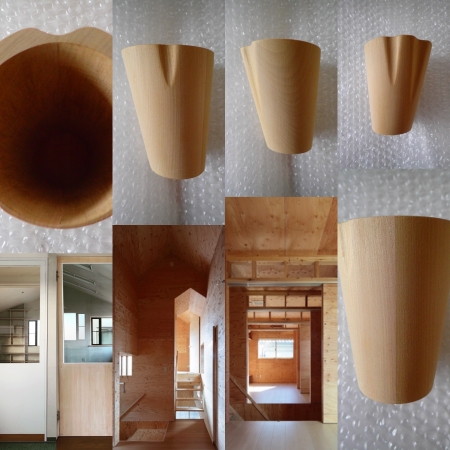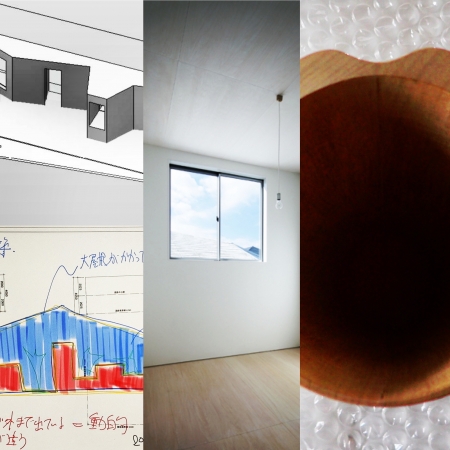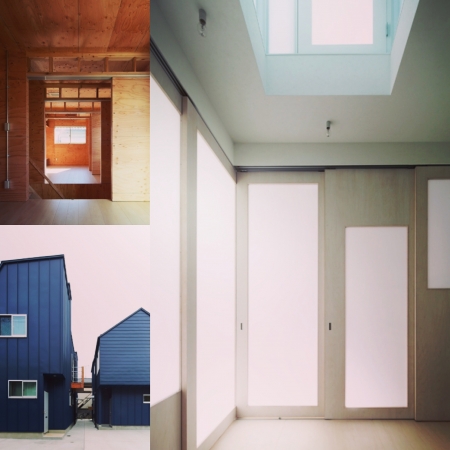不確かなままにする
不確かなことは明確にして積み上げていくことが仕事でも何かのプロジェクトでも何でも進め方としては常套手段だろう。不確かなことは誰でも無くしたいと思うし、明確にできなければ、不確かなことが意味無くなるくらいの強度を持ったもので覆い隠してしまえば良い。
ただ、不確かなことと対峙して、不確かなままで進み、不確かなままで、不確かなことに対して対峙する様がそのまま解答なり、最終形なり、成果物になることもあり得る。
もしかしたら、不確かなことをそのままにして、無理に明確にせずに、不確かなことを利用するなり、不確かによる可変性を取り込むなどした方が思いも寄らない成果につながるかもしれない。
"Leave uncertain"
Clarifying and accumulating uncertainties is a common way to proceed with work, any project, or whatever. Everyone wants to get rid of uncertainties, and if they can't be clarified, they can be covered with something strong enough to make uncertainties meaningless.
However, confronting uncertainties, proceeding with uncertainties, remaining uncertainties, and confronting uncertainties can be the answer, the final form, and the deliverable.
Perhaps it may lead to unexpected results if the uncertainties are left as they are and the uncertainties are used or the variability due to the uncertainties is incorporated without forcibly clarifying them.

